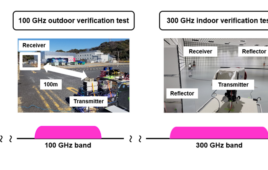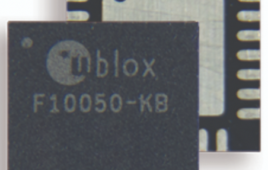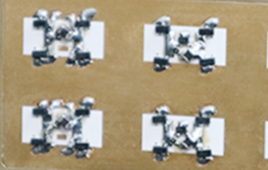University of Arkansas researchers have developed a prototype device that can spot the type and amount of tractor-trailers that transit a region. By collecting this data, transportation planners will be able to effectively recognize and prioritize infrastructure projects.
“Transportation planners need better information about truck characteristics and commodity flows to make difficult decisions in selecting and prioritizing projects,” says Sarah Hernandez, assistant professor of civil engineering in the College of Engineering at the University of Arkansas. “While there are sensor technologies that provide estimates of truck volumes, these systems are limited by poor pavement conditions and don’t provide the level of detail needed for effective planning. Our non-intrusive system is capable of more complex data collection and is not affected by adverse road conditions.”
The team utilized single-beam lidar sensors, which use rapid pulses of laser light to detect and measure the distance of objects. To capture tractor-trailer metrics, the lidar sensors were mounted on 4-ft-high tripod stands, located near a highway with several lanes of traffic.
Certain “signatures” were generated based on time-stamped measurements, courtesy of the lidar sensors. These signatures were then matched to the shape of tractor-trailers. Overall, the system was able to accurately identify five body types, and the team hopes to expand that number to 50 after further improvements.
Spotting the body shapes of trucks does have its benefits. “For example, monitoring the movements of hoppers, the type of trucks that carry rice and soybeans—two crops critical to the state of Arkansas—could explain how and when farmers are transporting these commodities to market. This, in turn, could help transportation planners decide the best methods to alleviate transportation bottlenecks that affect certain industries, such as agriculture,” according to the University of Arkansas.
In addition, truck body type can also help planners decide if new routes or highway expansions are necessary.
“Our goal is to work with very low-cost technology so we can achieve widescale. For example, with a $1,000 sensor, the Arkansas Department of Transportation could deploy 100 sensors across the network, rather than using $10,000 sensors at only 10 locations. We get better coverage this way and thus better insight into truck movements,” Hernandez says.
The article, “Truck Body-Type Classification using Single-Beam Lidar Sensors,” details the prototype, which was published in Transportation Research Record: Journal of the Transportation Research Board.




